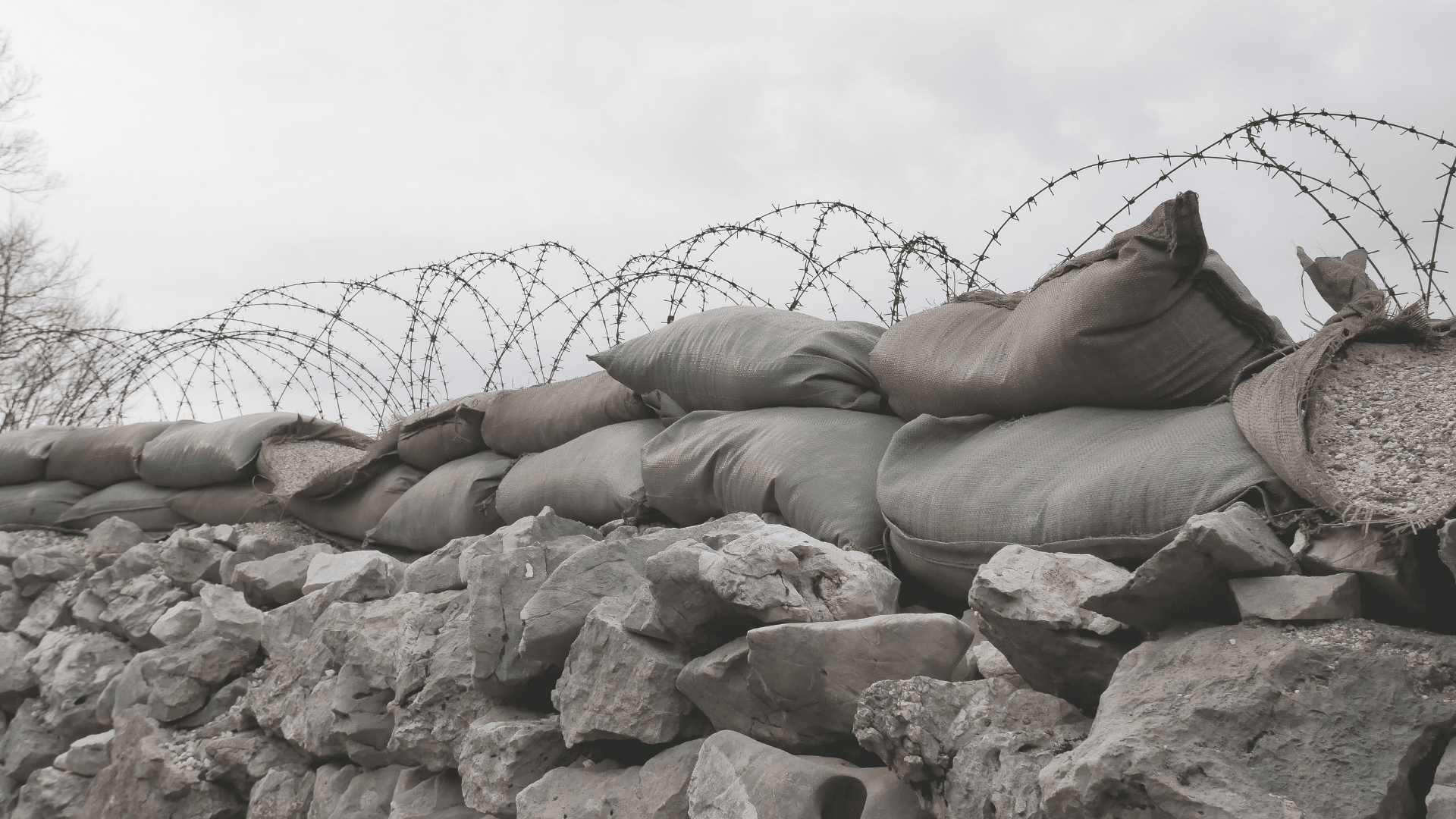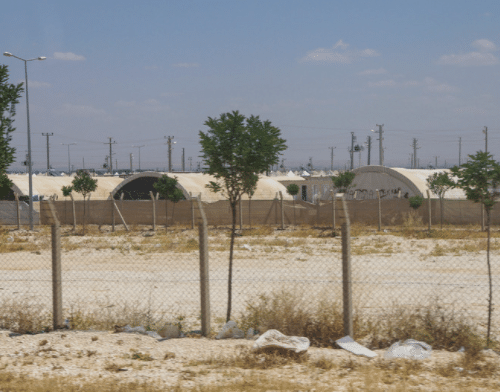This is the second post in a two-part series on the internal protection alternative (IPA) based on Jessica Schultz ’s new book on the topic. The two blog posts were first posted on “The EU Immigration and Asylum Law and Policy” blog, and are re-posted here. The first post took Norway as a case study and this post follows up with a reflection on refugee law’s ‘surrogate’ role which states use to justify IPA practice.
The surrogate role of refugee law: A principle or preoccupation?
As described in the previous post, the ‘internal protection alternative’ (IPA) is a limit on refugee status used to exclude claimants with access to adequate protection somewhere within their countries of origin. For example, an Afghan who fled Taliban recruitment in Helmand province may be returned to Kabul if conditions are sufficiently safe there. In most jurisdictions, return must also be reasonable for the person concerned.
Although there is no mention of the IPA in the 1951 Refugee Convention or its 1967 Protocol, this implied limit spread in state practice during the mid-1980s as a response to several factors, including the prominence of non-state persecution as a basis for refugee claims. Today, the concept has firmly taken root in many jurisdictions despite continued debate about the exact criteria for IPA application.
The IPA is also sometimes applied to justify decisions relating to the cessation of refugee status when some area of the country of origin is deemed secure enough to accommodate returning refugees. The migration of the IPA concept from the inclusion to the cessation analysis is not broadly endorsed (see UNHCR’s position and UK jurisprudence), but there is little doubt that states are increasingly interested in identifying some safe space – anywhere – to which refugees or refugee claimants may return within their countries of origin.
My book analyzes various ways that states and scholars have framed the IPA limit in refugee law. This post examines a common element of these efforts, the observation that international protection is ‘surrogate’, or subsidiary, to national protection provided by countries to their own citizens. As Zimmermann and Mahler explain, ‘the evolution of the [IPA] concept draws heavily on the notion of surrogacy as a basic principle of refugee law, according to which international protection only comes into play when national protection within the country of origin is not available.’ If national protection exists somewhere, the back-up remedy of protection abroad is not (or no longer) needed.
The surrogate role of refugee law: ‘Thin’ versus ‘thick’ perspectives
As Goodwin-Gill and McAdam have written, the notion of ‘surrogacy’ usefully describes the overall role of refugee law. The 1951 Convention obliges state parties to provide replacement protection, when a person can demonstrate a well-founded fear of persecution within their country of ‘origin’ (citizenship or previous residence in the case of stateless persons) (Article 1A(2)). Beyond the inclusion provision, Article 1 also contains criteria for exclusion and cessation of refugee status. These too confirm the subsidiary, or surrogate, character of Convention protection. For example, Articles 1A(2) para 2, 1C(5), 1C(6), and 1E all indicate that when there is no well-founded fear of persecution within the country of origin or another country where the claimant has a national connection, refugee status need not be recognized. However, neither the text nor other sources (including the extensive drafting history, as discussed in the book) suggest a similar limit for persons for whom protection is available in only part of a country.
It may be helpful, then, to distinguish between a ‘thin’ surrogacy perspective and the ‘thick’ one that is sometimes referred to as a ‘principle’ of refugee law. According to a ‘thin’ surrogacy perspective, the lack of protection by the state of origin is relevant insofar as it negates the well-founded nature of a claimant’s fear. This absence of protection is a characteristic of a person who meets the Convention criteria; it is not a condition of refugee status. A fear of persecution is well-founded because the state has failed to ensure a minimum level of security to suppress a risk of serious harm. The IPA is not compelled by this interpretation of refugee law, although there may be cases in which the claimant’s unwillingness to avail him or herself of home state protection, despitea well-founded fear, cannot be reasonably justified.
According to a ‘thick’ surrogacy perspective, meanwhile, state protection comes into play at two separate stages in the assessment of refugee status. First, serious harms committed by non-state actors qualify as persecution for a Convention reason when the state is unable or unwilling to protect the claimant. Second, the possibility of protection elsewhere in the country of origin must be considered to establish the necessity of protection abroad. In other words, protection has a systemic aspect (related to the state’s ability and willingness to protect from the original harm) as well as a territorial one (related to the possibility of protection elsewhere).
There is nothing in the structure of the Convention to suggest that the presence of protection somewhere in a state’s territory can defeat a claim to refugee status. Article 1A(2) of the Refugee Convention defines a refugee as someone who ‘owing to a well-founded fear of being persecuted for reasons of race, religion, nationality, membership of a particular social group or political opinion, is outside the country of his nationality and is unable, or owing to such fear, is unwilling to avail himself of the protection of that country….’
The criteria for refugee status are satisfied, in other words, when the claimant 1) is outside his or her country of origin; 2) has a legitimate fear of persecution for a Convention ground; and 3) is unable or unwilling, owing to the well-founded fear, to avail him or herself of that country’s protection. The ‘thick surrogacy’ perspective shifts focus from the claimant’s ability or willingness to avail herself of home state protection to the ability or willingness of the state to provide it (within the country of origin).
Despite the fact that a ‘thin’ surrogacy perspective aligns better with the text of the treaty, a ‘thick’ surrogacy perspective has gained traction in the scholarly discourse as well as in national jurisprudence. Below are some of the factors – by no means exhaustive – that help explain this development.
Factor 1: The influence of human rights law and principles on interpretation of the refugee concept
One explanation for the persistent power of ‘surrogacy’ as a justification for limiting the scope of refugee status relates to the misuse—in my view—of human rights law and principles for the purpose of interpreting the Refugee Convention. In terms of protection criteria, non-refoulement cases decided by human rights courts have influenced states’ interpretation of the 1951 Convention’s refugee concept. These do not frame the IPA as a limit on the scope of refugee status but rather as an extension of the basic risk analysis covering conditions on return.
Procedural concepts from the human rights field have also infiltrated substantive interpretations of refugee law. Some sources refer to the duty to ‘exhaust domestic remedies’ in support of IPA practice. The ‘exhaustion of local remedies’ rule applies in human rights law to preserve the subsidiary nature of supranational decision-making bodies vis-à-vis a more democratic local organ. Despite its authoritative ring, it makes no sense in the context of refugee claims. First, the rule is usually concerned with systemic procedures (has the case been heard by the state’s highest court?) and not with the absence of protection by local state agents in certain areas. It also involves a backward-looking analysis (what has been done?) in contrast to the prospective inquiry required to assess the need for protection.
Factor 2: The influence of other disciplines in the interpretation of the refugee concept
A second explanation for the prominence of the surrogacy discourse relates to broader developments in the field of refugee studies. In recent decades, important contributions to the refugee concept from social scientists and philosophers have filtered into legal debates. With some exceptions, these scholars (see here and here) argue that international protection should extend beyond the confines of the Geneva Convention to include persons forced to flee their countries of origin for reasons that may or may not have a Convention nexus.
For example, in his influential article ‘Who is a Refugee?’ (1985), Shacknove posits the following definition:
[R]efugees are, in essence, persons whose basic needs are unprotected by their country of origin, who have no remaining recourse other than to seek international restitution of their needs, and who are so situated that international assistance is possible.
Despite the fact that Shacknove’s contribution to the field of forced migration was never meant as a restatement of refugee law, legal scholars like Hathawayand Storey have cited him in support of their view that the possibility of protection somewhere in the country of origin may, under certain conditions, defeat a claim for refugee status. Scholarly contributions, even those motivated by the desire to expand the refugee concept, have reinforced the view that a deserving claimant is one whose compelling needs arise from the absence of adomestic alternative.
Factor 3: The self-referential nature of norm development in refugee law
Without a treaty monitoring body to oversee the Convention, the situation arises in which certain ideas take on a life of their own through the interplay of jurisprudence, scholarship and policy. The concept of surrogacy has undoubtedly gained momentum through the inter-jurisdictional ‘dialogue’ in the field of refugee law and the influence of leading scholars. Its expression, however, has also been marred by circular reasoning. For example, the Canadian Supreme Court in Ward refers to the first edition (1991) of The Law of Refugee Status of Hathaway to explain the surrogate role of refugee law. Although the legal question was about whether non-state persecution was covered by the Convention’s refugee concept (and not about a potential IPA), this case appears regularly in IPA literature. Indeed, authors of the second edition of The Law of Refugee Status cite Ward as evidence of positions proposed in the previous book.
Factor 4: Harmonisation impulses versus the Refugee Convention as ‘lex specialis’
As most states operate with multiple regimes of international protection, the ‘surrogacy principle’ can be leveraged to justify the IPA as an unwritten exception to refugee status no matter what its treaty basis may be. For example, Article 8 of the EU Qualification Directive (2011) provides in general terms that internal protection may be considered ‘(a)s part of the assessment of the application for international protection’. By framing the IPA in this way, it is easier for states to justify a common IPA test in claims to Convention refugee status as well as those that relate to complementary forms of protection. As discussed elsewhere, the consequence has been that human rights courts like the ECHR are increasingly setting the standards for interpretation of the Refugee Convention – also for IPA practice – rather than the other way around.
Implications of a ‘thin’ surrogacy perspective for IPA practice
While the Refugee Convention’s purpose is to provide substitute protection, recognition as a refugee does not depend on the absence of a domestic alternative. Nonetheless, an IPA limit may apply under certain conditions: when a claimant can relocate within the country of origin with minimal negative impact (from either an objective human rights perspective or a more subjective, humanitarian one). In these cases, extending international protection would erode the treaty’s effectiveness. In addition to individual factors, sending states must consider structural ones: whether return would reinforce policies or practices of ethnic cleansing, or stress already fragile areas. Both dimensions require a displacement-sensitive analysis.
The scope for IPA practice when revoking refugee status is even narrower. As UNHCR has rightly maintained, where a risk of persecution persists in one region of a country, it is unlikely that the changed circumstances are ‘profound’ and ‘enduring’ as required under the cessation analysis. There are also situations in which circumstances have objectively changed but return is still unreasonable due to past experience of persecution.
The IPA question goes to the heart of what it means to be a refugee. Is a well-founded fear of persecution within the country of origin enough to establish a refugee claim? While persecution – especially by non-state actors – may not always justify the claimant’s recourse to refuge abroad, the presumption that it could should not be diluted. The surrogacy concept in many jurisdictions has done just that, by shifting the focus of refugee status determination from the risk of persecution to the possibility of return in line with minimal human rights standards. This not only downplays the relevance of refugee experience, but it also renders the unique protection issues attached to internal displacement – a consequence of IPA practice – largely invisible.







